Starfield PC Review: A Seasoned Gamer's Take on Bethesda's Space Epic Starfield.
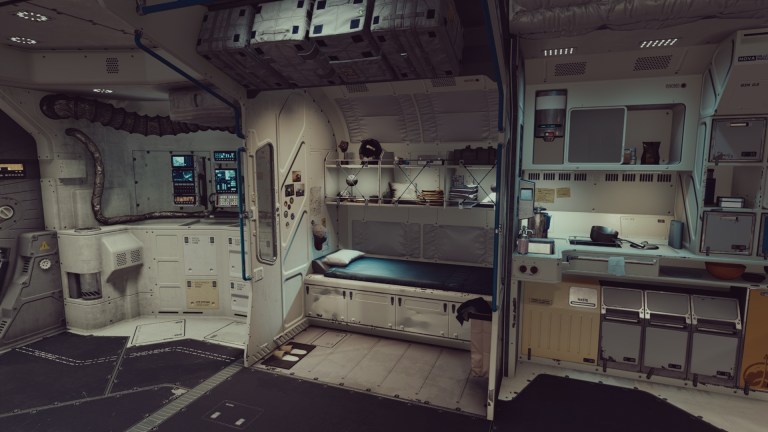
Starfield. The name alone conjures images of boundless exploration, daring space battles, and the promise of a universe teeming with secrets. After countless hours charting its procedurally generated stars on my rig, I’m ready to deliver a no-nonsense verdict for my fellow PC gamers. Does Starfield truly reach for the stars, or does it get lost in the vastness of space? Let's dive in.
Ship Customization: Deep or Just Wide?
The hype around ship customization was real, and on the surface, Starfield delivers a lot of options. You can swap out hab modules, engines, weapons, shields – the works. The sheer number of parts available is impressive. However, the real question is: does this customization translate into meaningful gameplay?
To some extent, yes. Tweaking your engines directly impacts speed and maneuverability, which matters in combat and during planetary take-off and landing. Swapping weapon systems allows you to tailor your ship to your preferred combat style – laser-focused for stripping shields, ballistics for hull damage, missiles for a satisfying boom. And of course, the cost of these upgrades matters, which makes ship customization a resource managent endeavor.
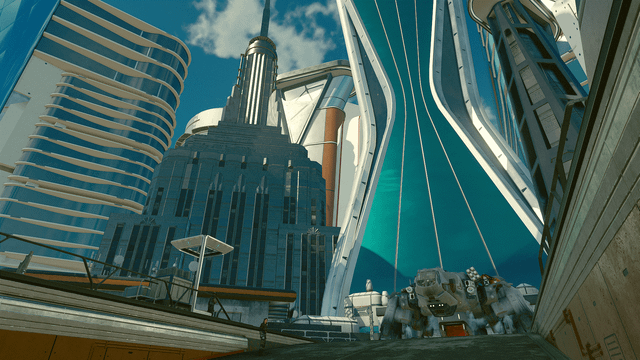
Compared to Elite Dangerous, Starfield's ship customization is more approachable but less granular. Elite is a true simulator with a steeper learning curve, while Starfield prioritizes accessibility. No Man's Sky offers visual customization with less functional impact; Starfield strikes a balance, offering both. The ship builder is less of a cost sink compared to the alternative of buying ships, which offers less customization. Is Starfield pay to win? The ship builder suggests it can be if you make the best investments.
However, there's a definite ceiling. Once you've optimized your ship, the differences between engagements become less pronounced. Ultimately, while visually satisfying and initially engaging, the long-term impact on gameplay diversity feels somewhat limited.
Factions: New Vegas Vibes or Familiar Bethesda Formula?
Bethesda's faction systems are legendary, and Fallout: New Vegas set the bar high. Starfield attempts to recapture that magic with factions like the United Colonies, Freestar Collective, Ryujin Industries, and Crimson Fleet.
The good news? Each faction offers a distinct storyline with unique quests and moral choices. The Ryujin Industries questline, focused on corporate espionage, stands out as a particularly engaging and well-written experience. The Crimson Fleet questline allows you to make choices that can impact rewards and consequences, as explored in faction choice guides.
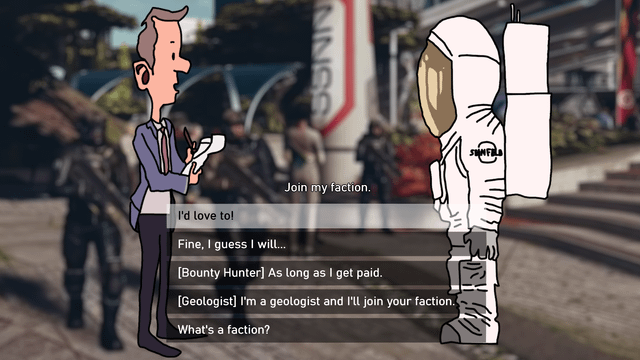
The bad news? While the individual questlines are enjoyable, they feel largely disconnected from the main narrative. Your choices within a faction have limited repercussions outside of that specific questline. Unlike New Vegas, where your faction allegiances drastically shaped the entire game world, Starfield's factions feel more like self-contained episodes. And while there are choices, the moral ambiguity of New Vegas is diminished. It's a competent system, but it doesn't reach the heights of Bethesda's previous work.
Environmental Storytelling: Lost in the Clutter?
Environmental storytelling is where Starfield shines. The sheer volume of "environmental clutter" – discarded tools, faded posters, graffiti scrawled on walls – is staggering. Derelict space stations tell tales of forgotten conflicts. Abandoned mining outposts whisper of dwindling resources and desperate lives. Thriving cities like New Atlantis feel genuinely lived-in.
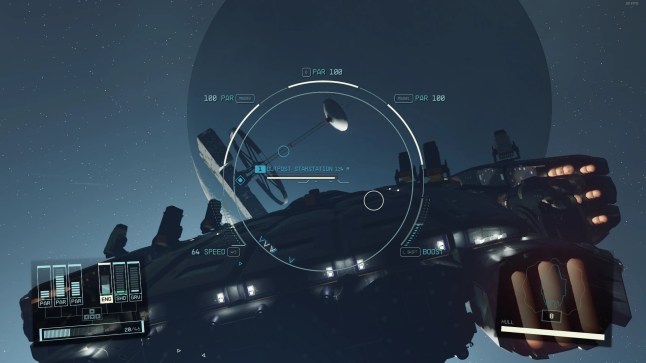
However, the procedural generation sometimes works against this. You'll often find identical layouts and repeating assets across different locations, which breaks the immersion. But when the environmental storytelling does work, it's truly captivating. Exploring a deserted research facility, piecing together the fate of its crew through scattered notes and the arrangement of their belongings, is a uniquely rewarding experience.
PC Performance: AMD Mid-Range Blues
Let's talk about the elephant in the room: PC performance. Starfield is a demanding game, especially in densely populated areas. I tested it on a rig equipped with an AMD Ryzen 5 5600X and an RX 6700 XT, a solid mid-range setup.
At 1080p, I averaged around 55-65 FPS on high settings in less demanding environments. However, in New Atlantis and Akila City, the frame rate frequently dipped into the 40s, sometimes even lower. 1440p was a struggle, hovering around 40-50 FPS with similar dips. CPU utilization often hovered around 70-80%, while the GPU was consistently maxed out.
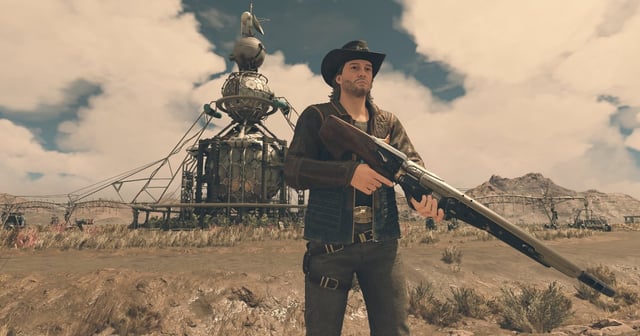
The biggest culprit? Shadows and crowd density. Lowering these settings significantly improved performance without drastically sacrificing visual fidelity. Disabling motion blur and film grain also helped smooth things out. Here's a summary of my recommended settings for mid-range AMD GPUs:
- Graphics Preset: Custom
- Shadow Quality: Medium
- Crowd Density: Medium
- Indirect Lighting: Medium
- Reflections: Medium
- Motion Blur: Off
- Film Grain: Off
With these settings, I was able to achieve a more consistent 60+ FPS at 1080p and a playable 45-55 FPS at 1440p. New Atlantis FPS drop fix strategies revolve around these settings. If you are considering an upgrade, consider what AMD graphics card is best for Starfield.
While these settings helped, the game still suffers from occasional stuttering and frame rate drops, indicating optimization issues. Hopefully, future patches will address these problems. It's worth checking out Starfield best PC settings AMD guides for more in-depth optimization tips.
Overall: Depth vs. Breadth? Is It Worth Buying PC?
Starfield is a massive game, offering hundreds of hours of content. It successfully bridges the gap between exploration, role-playing, and action, but it occasionally leans too heavily towards breadth at the expense of depth. The sheer number of planets to explore can feel overwhelming, and the procedural generation sometimes leads to repetitive experiences.
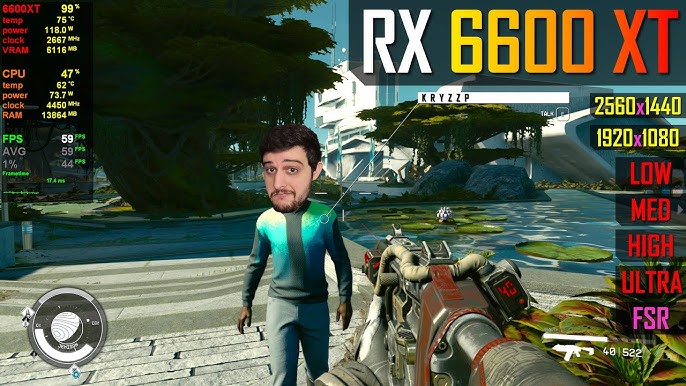
However, when Starfield clicks, it really clicks. The environmental storytelling is captivating, the faction questlines are engaging, and the ship customization offers a satisfying level of personalization. The AMD Ryzen performance has been mostly solid, especially after optimization.

So, is it worth buying on PC? Absolutely, with a few caveats. If you have a powerful rig, you'll have a blast. If you're running mid-range hardware, be prepared to tweak settings and accept occasional performance hiccups. Starfield RX 6700 XT Review rundowns are widely available to inform your own hardware comparisons. Also be aware that the PC game pass performance issues have been reported.

Ultimately, Starfield is a flawed but ambitious game. It's a sprawling space epic that offers a ton of content, but it doesn't always deliver the depth and polish we've come to expect from Bethesda. However, if you're a fan of open-world RPGs and space exploration, Starfield is definitely worth checking out. Just be prepared to spend some time optimizing your settings and exploring its vast, sometimes uneven, universe. It's not a perfect 10, but it's a solid 7.5/10 from this seasoned PC gamer.

If you're still on the fence, consider trying it out through PC Game Pass. That way, you can experience the game for yourself without committing to a full purchase. Is Starfield worth the upgrade? Consider a Starfield upgrade guide RX 6700 XT before making that leap. Happy travels, explorers!
